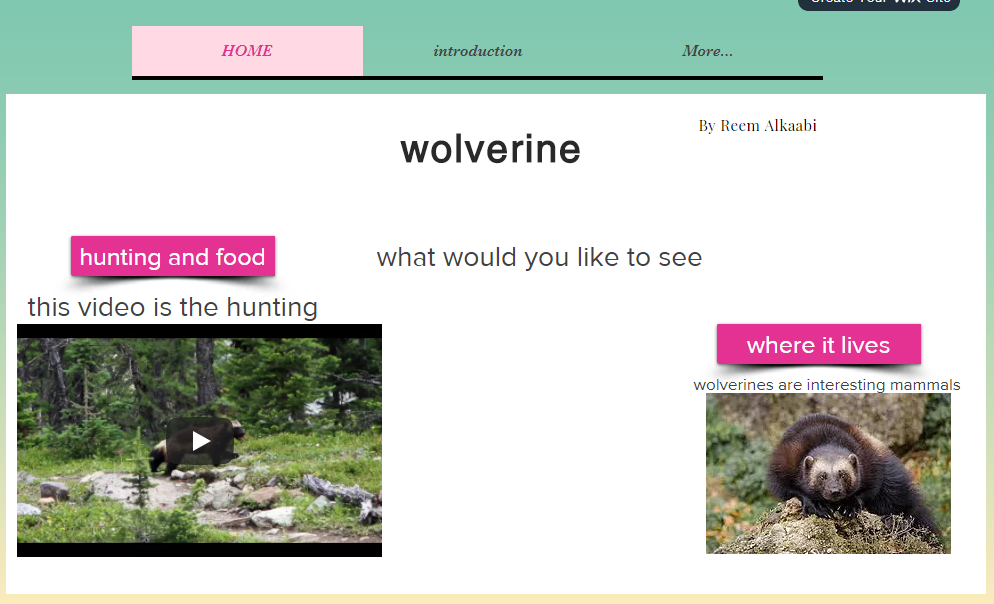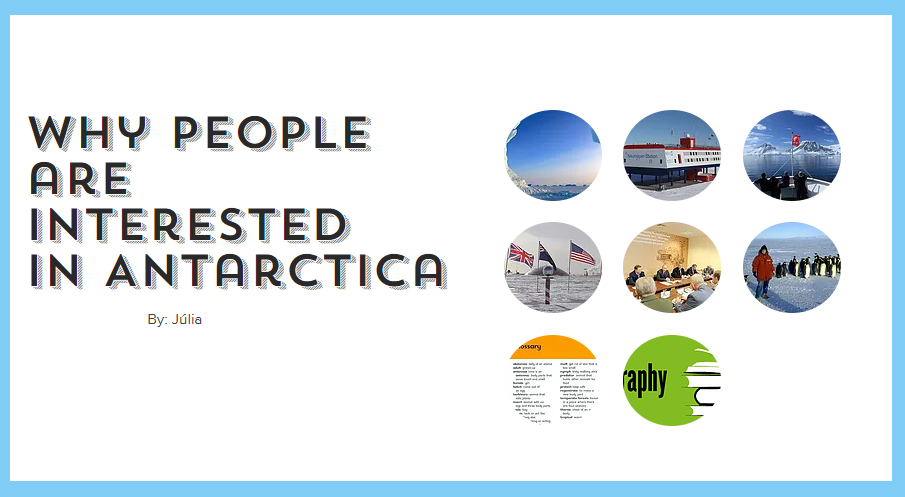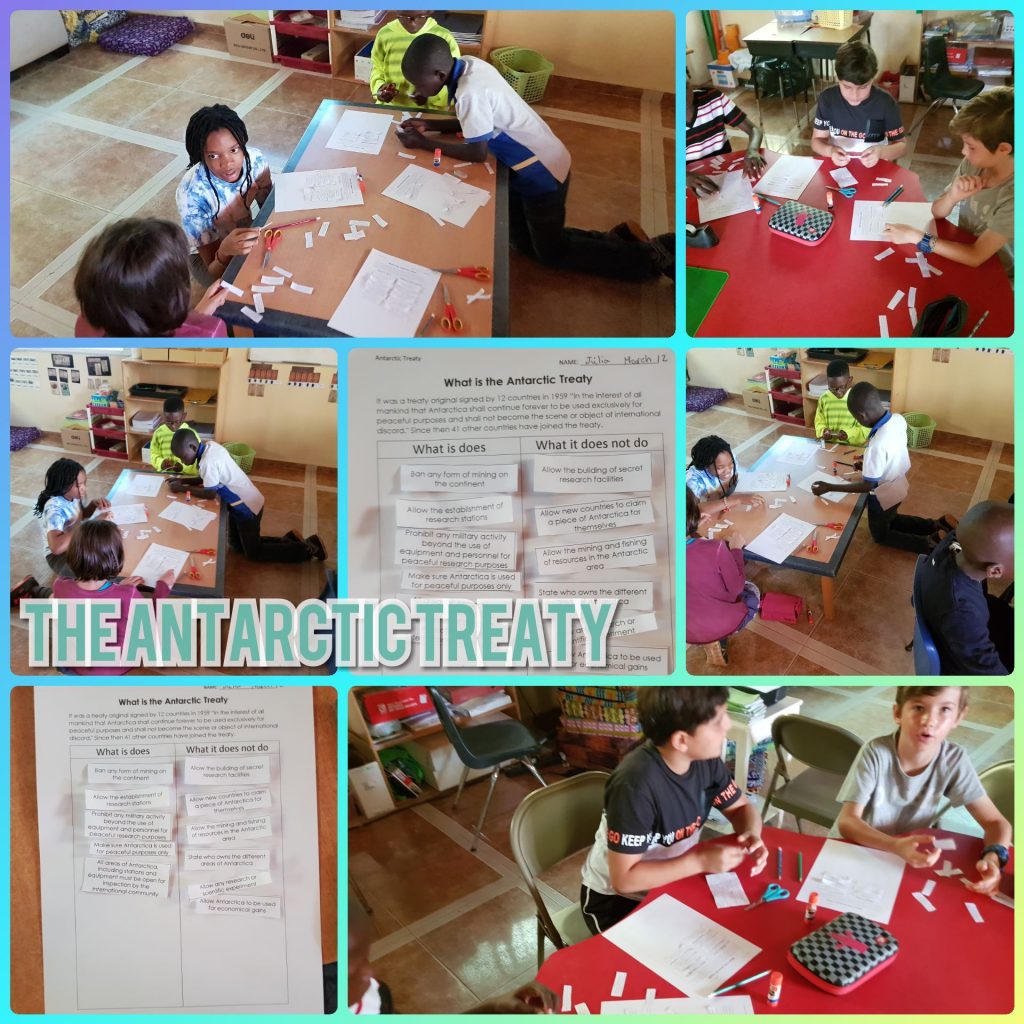Our frozen world unit culminated with the grade 2 to 5 students taking on the task to create their own non-fiction text using a digital medium.
Grade 2 and 3 focused on building digital books using Book Creator with a focus on exploring some of the lesser known Arctic and Antarctic animals.
Grade 4 and 5 constructed websites using WIX, a website building tool, around a chosen topic about the Arctic and Antarctic.
Click on the images below to explore the creations from grade 2 to 5.
(To view the Book Creator books you will need to be using chrome as your internet browser.)
DIGITAL BOOKS – BOOK CREATOR
WEBSITES – WIX
Vital – Polar Bear Simon – Gentoo Penguin
JJ – Edmund Hillary Júlia – Antarctic Interests

Kelechi – Scientists Mouza – Atlantic Puffin
Raef – Narwhals Modou – Shackleton





















